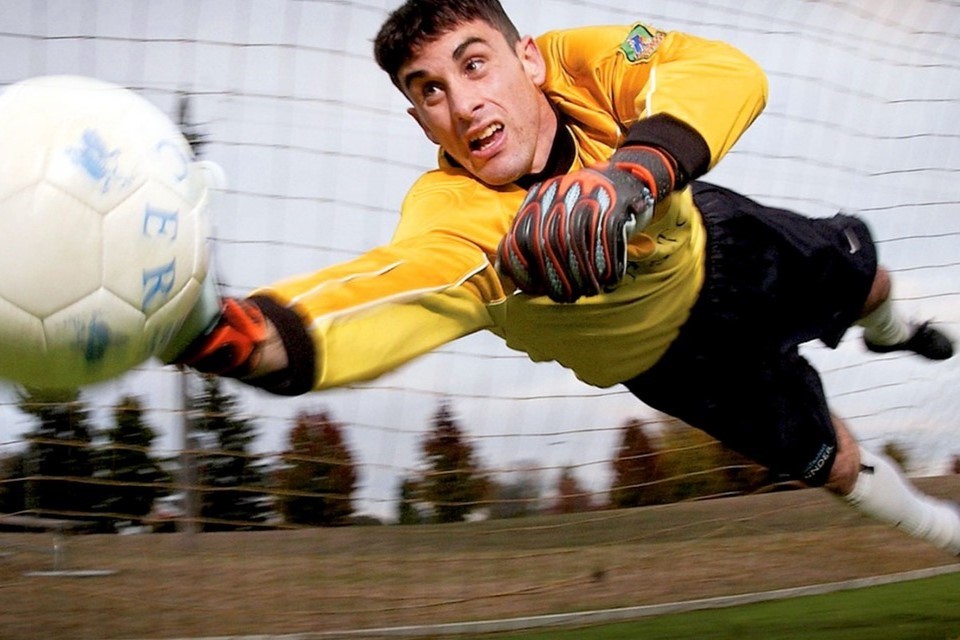Speed of visual perception ranges widely in humans
Using a flickering-light experiment, researchers from Trinity College Dublin have discovered that the rate at which individuals perceive visual signals differs widely. Some perceive a rapidly changing visual cue at frequencies that others cannot, which means some can access more visual information per timeframe than others. The findings suggest some people have an innate advantage in certain settings where response time is crucial, such as in ball sports, or in competitive gaming.
There is considerable variation among people’s temporal resolution - the rate at which we perceive the world – reported the research team, meaning some people effectively see more images per second than others. To quantify this, the team used the critical flicker fusion threshold, a measure for the maximum frequency at which an individual can perceive a flickering light source. If the light source flickers above a person’s threshold, they will not be able to see that it is flickering and will, instead, see the light as steady. Some participants in the experiment indicated they saw the light as completely still when it was in fact flashing about 35 times per second, while others were still able to perceive the flashing at rates at more than 60 times per second.
First author Clinton Haarlem, a PhD candidate in the School of Natural Sciences, said while the team measured temporal resolution on multiple occasions in the same participants, they found that even though there was significant variation among individuals, the trait appeared to be quite stable over time within individuals. However, a post-hoc analysis did suggest there may be slightly more variation over time within females than within males, he said. “We don’t yet know how this variation in visual temporal resolution might affect our day-to-day lives, but we believe that individual differences in perception speed might become apparent in high-speed situations where one might need to locate or track fast-moving objects, such as in ball sports, or in situations where visual scenes change rapidly, such as in competitive gaming.”
The full study was published in PLOS ONE.


























